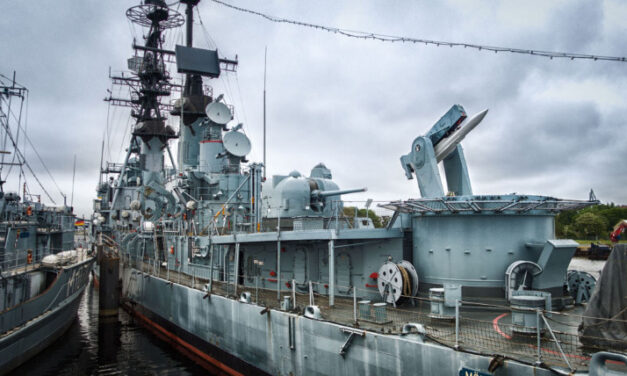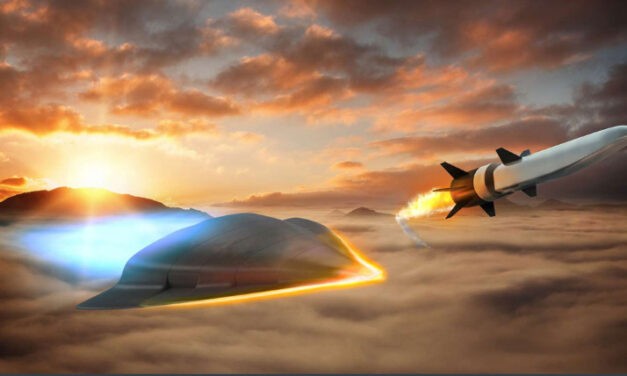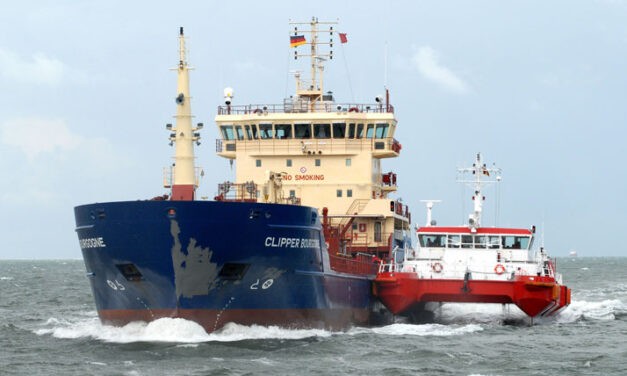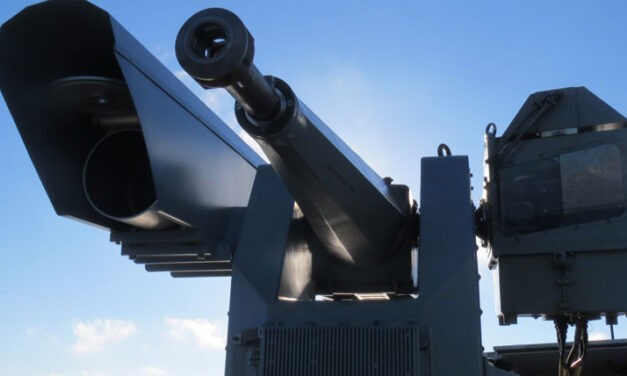Where have they gone?
After reunification in 1990, Germany's navy suddenly had hundreds of boats and ships at its disposal. Many of them were dispensable for political purposes and were sold or utilised worldwide. At the end of the Cold War in 1990, the Bundesmarine was a powerful and operationally ready navy capable of high-intensity combat. The Bundesmarine's mission was based on credible, conventional deterrence against the Warsaw Pact navies in the North Atlantic and in the North and Baltic Seas. At the time, the German Navy comprised around 175 boats and ships as well as 110 Tornado fighter-bombers. With the end of the bloc confrontation, politics and society demanded a clear peace dividend...
Weiterlesen






Latest comments